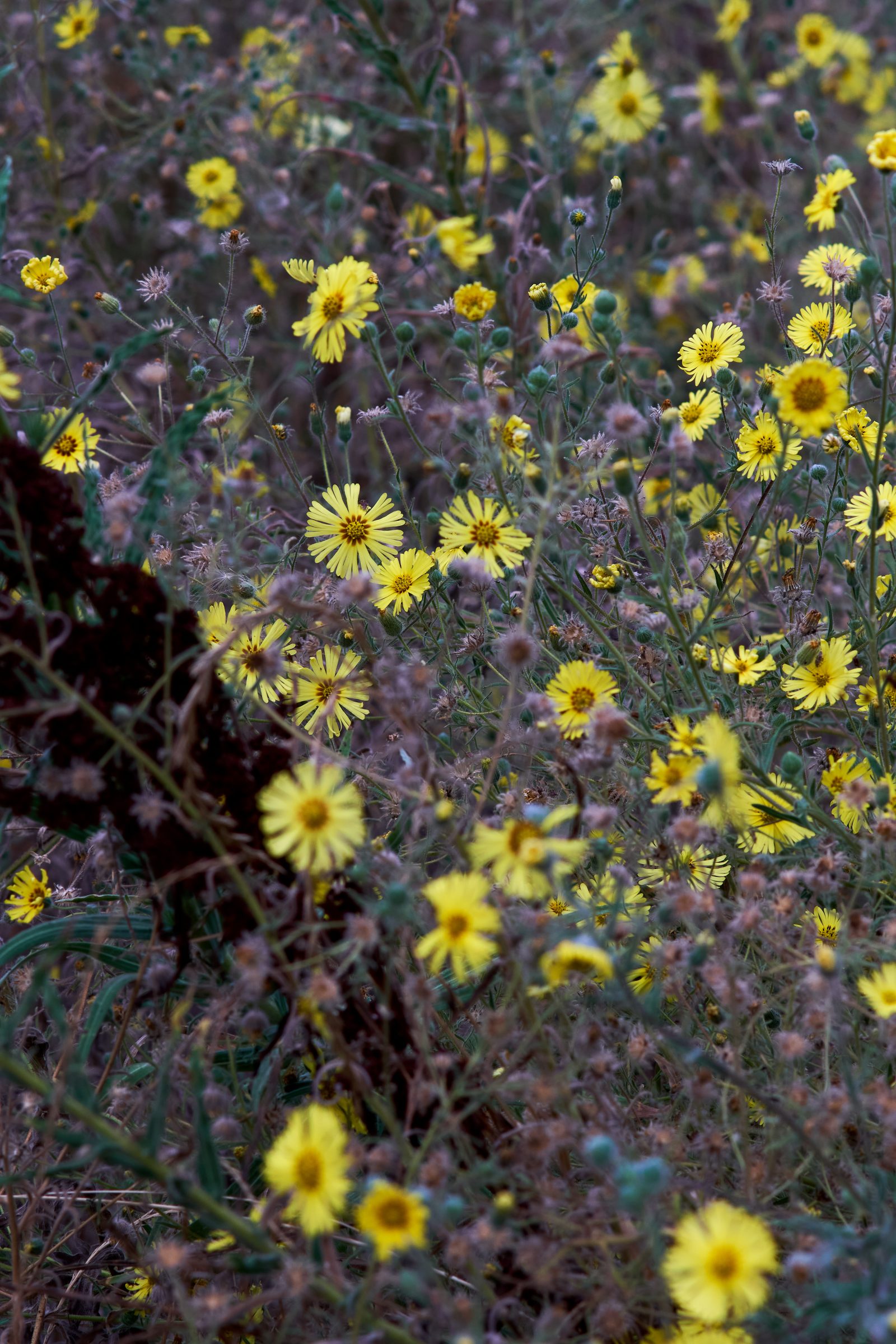
One of the gems in the Pacific Northwest are the rainforest. Yes, rainforest. No, not the tropical rainforest with orangutan and various type of fruits. That in itself is so weird to me, because I thought that tropics and rainforest always go hand in hand. Who would have thought there are non-tropical rainforest! The kind of forest that is year-round lush greenery filled with mosses, except in a much colder climate. Since learning about them, I have visited a few of these wonderlands by the Pacific Coast. These places are extra magical during the winter, when the white snow and ice is surrounded by the evergreens who refuse to welt away. It turns out that Oregon has still have a few more surprises for me. Recently, I discovered that there are wetlands in the Portland Metropolitan Area. The kind of marshy and swampy area that are surrounded by crocodiles and snakes. Alright, there should not be many reptiles here, as reptiles are cold blooded and do not do well when the temperature drops – but I did not check to see if that hypothesis is true. Wetland in the PNW only came about because I was checking out natural areas in the vicinity of Hillsboro, and noticed that a large protected area south of the city containing a wetland – the Jackson Bottom Wetland Preserve.
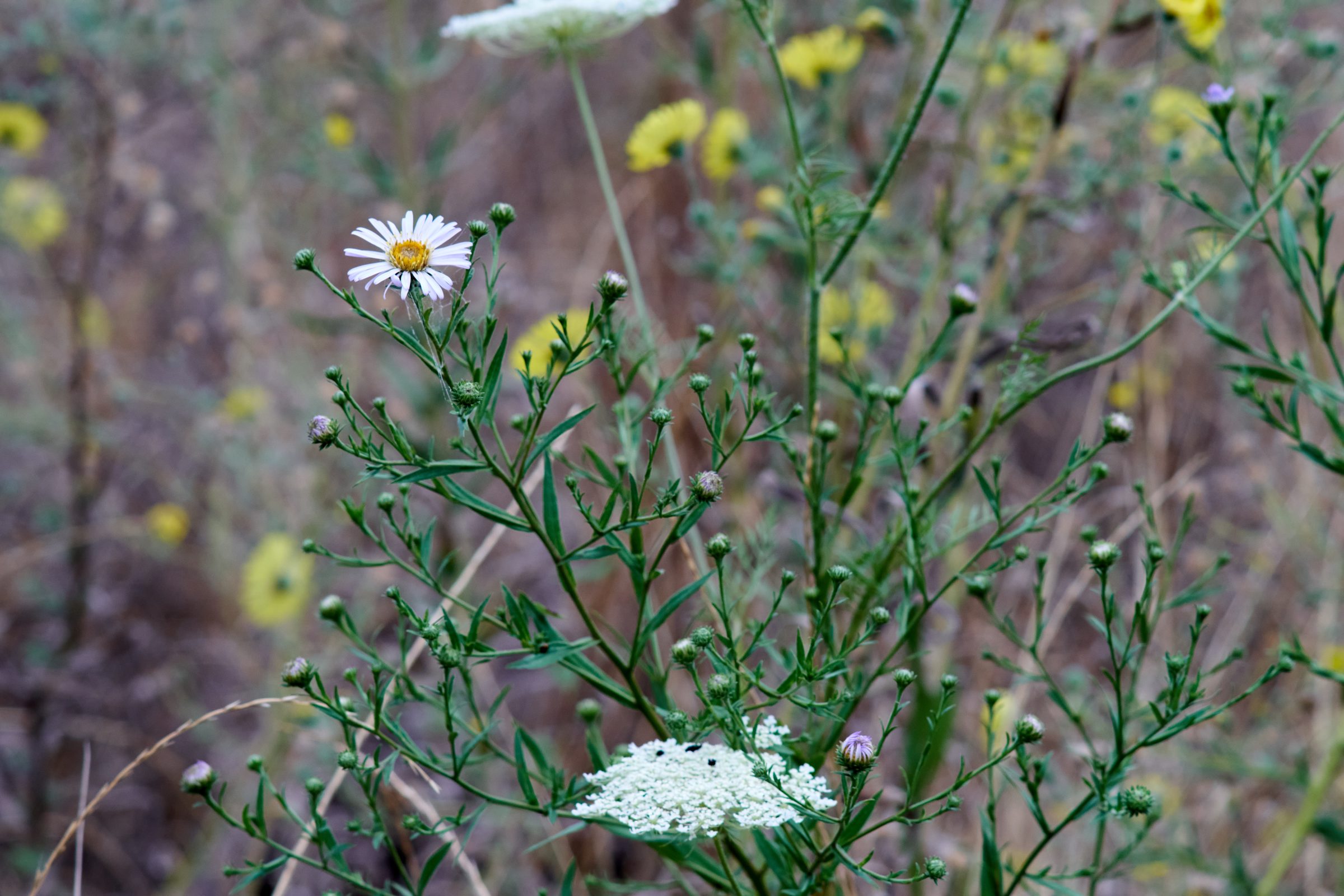
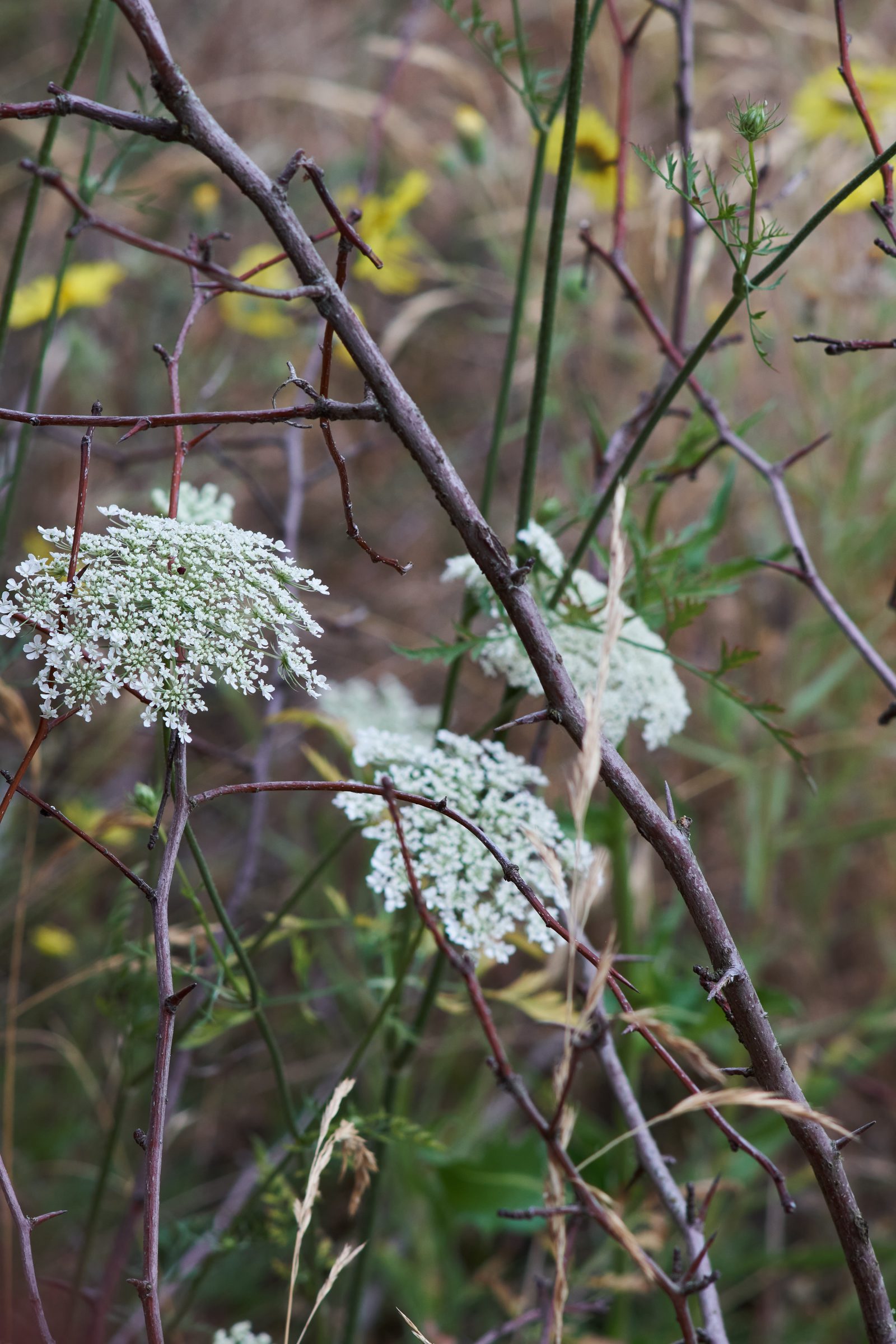
Initially, I thought that this is another protected area that is not open to the public. A quick search suggest otherwise – it is a popular birding area and owned by the city. The makeup of the park is kind of weird. Instead of spreading out the hiking trails to surround the park, most of the trails are a maze that isn’t too far away from the main entrance. There exist a long trail but it does not complete a loop, making the out and back only attractive to those who need the mileage. Without a clear direction, we combine a few short trails in the maze to create a small loop and head out. There are not many visitors by midday, as I assumed the birders are not here due to the time and the season we are currently in. We walked past the modern visitor center and water research center that are closed due to the ongoing epidemic, and headed onto the trail.
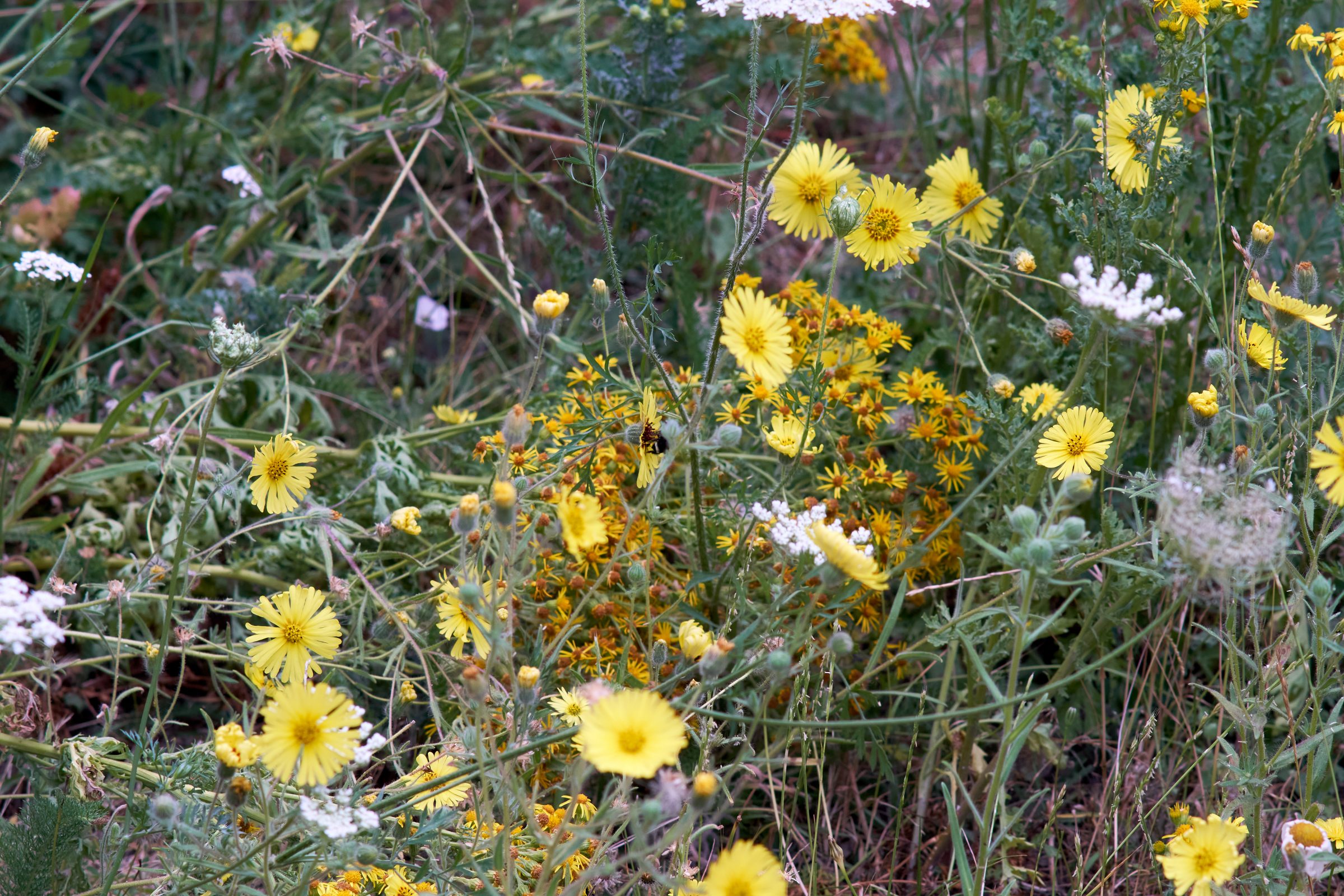
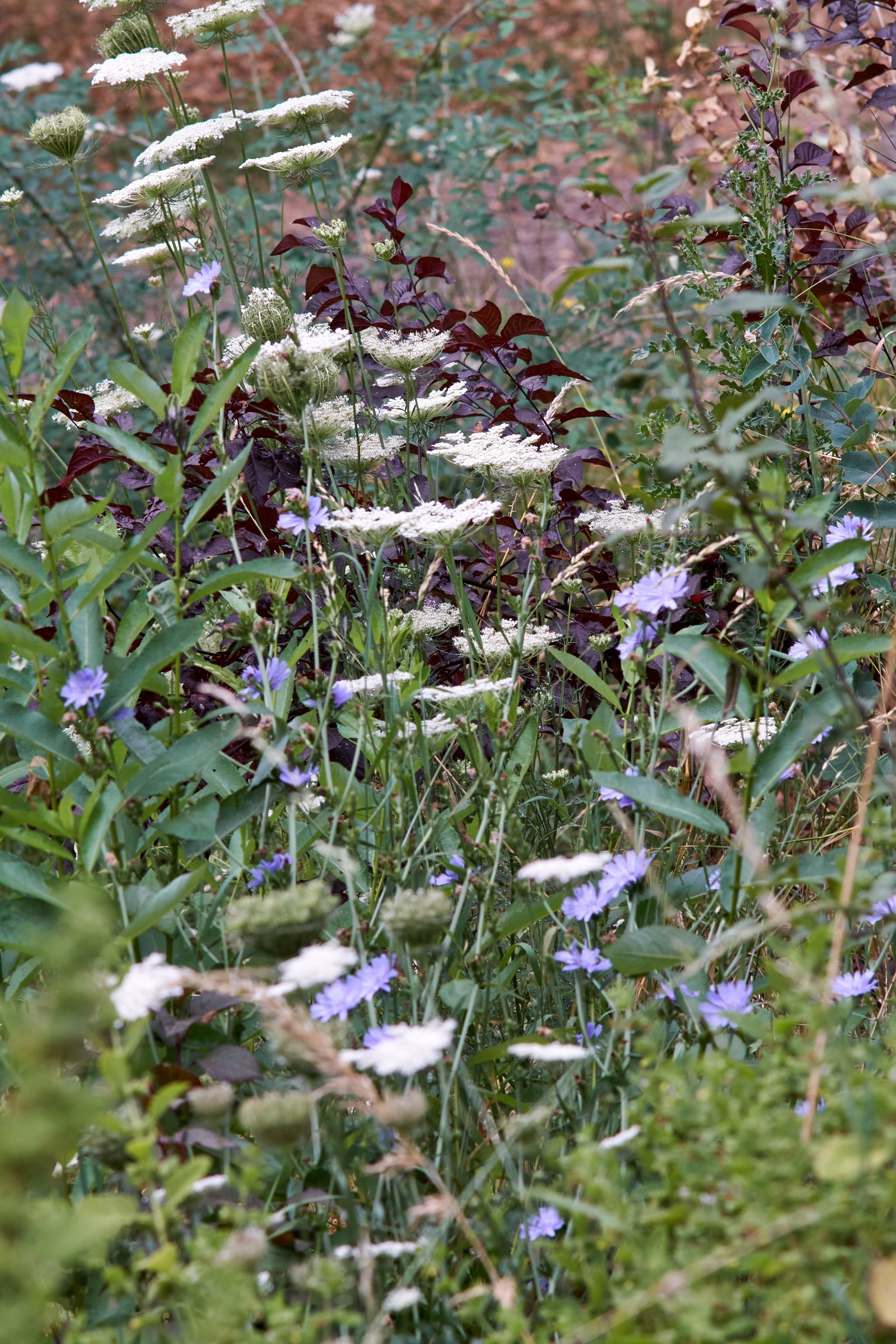
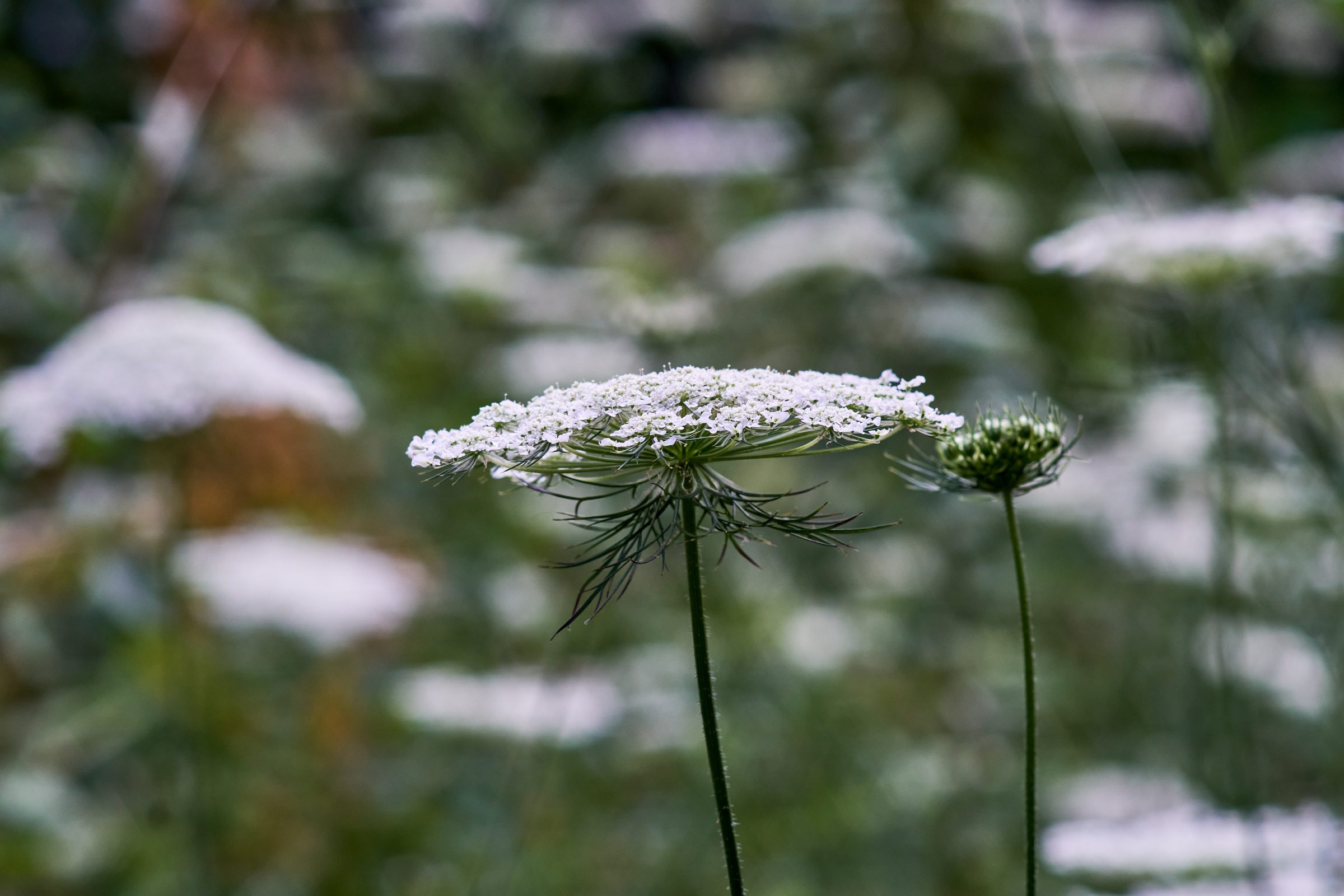
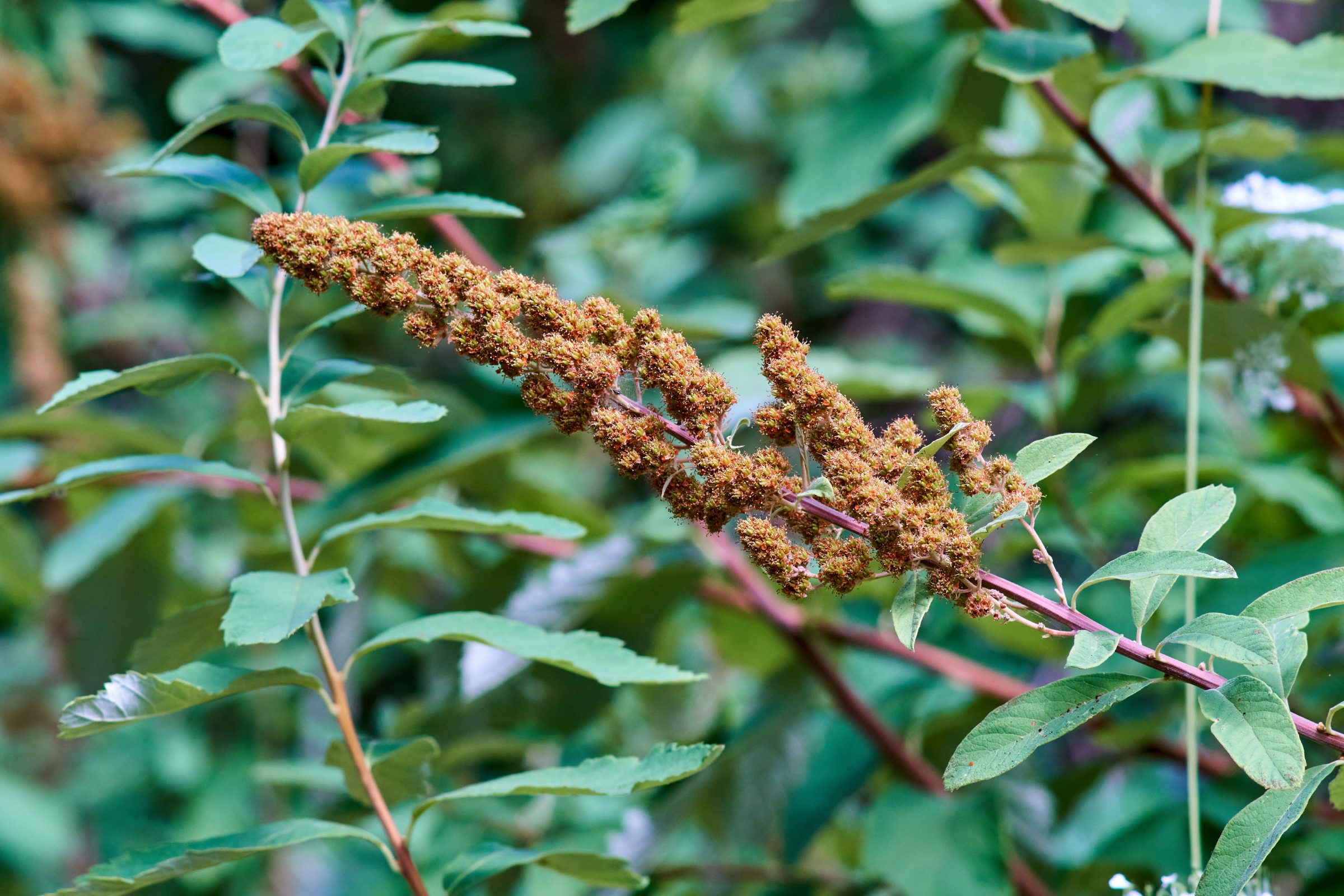

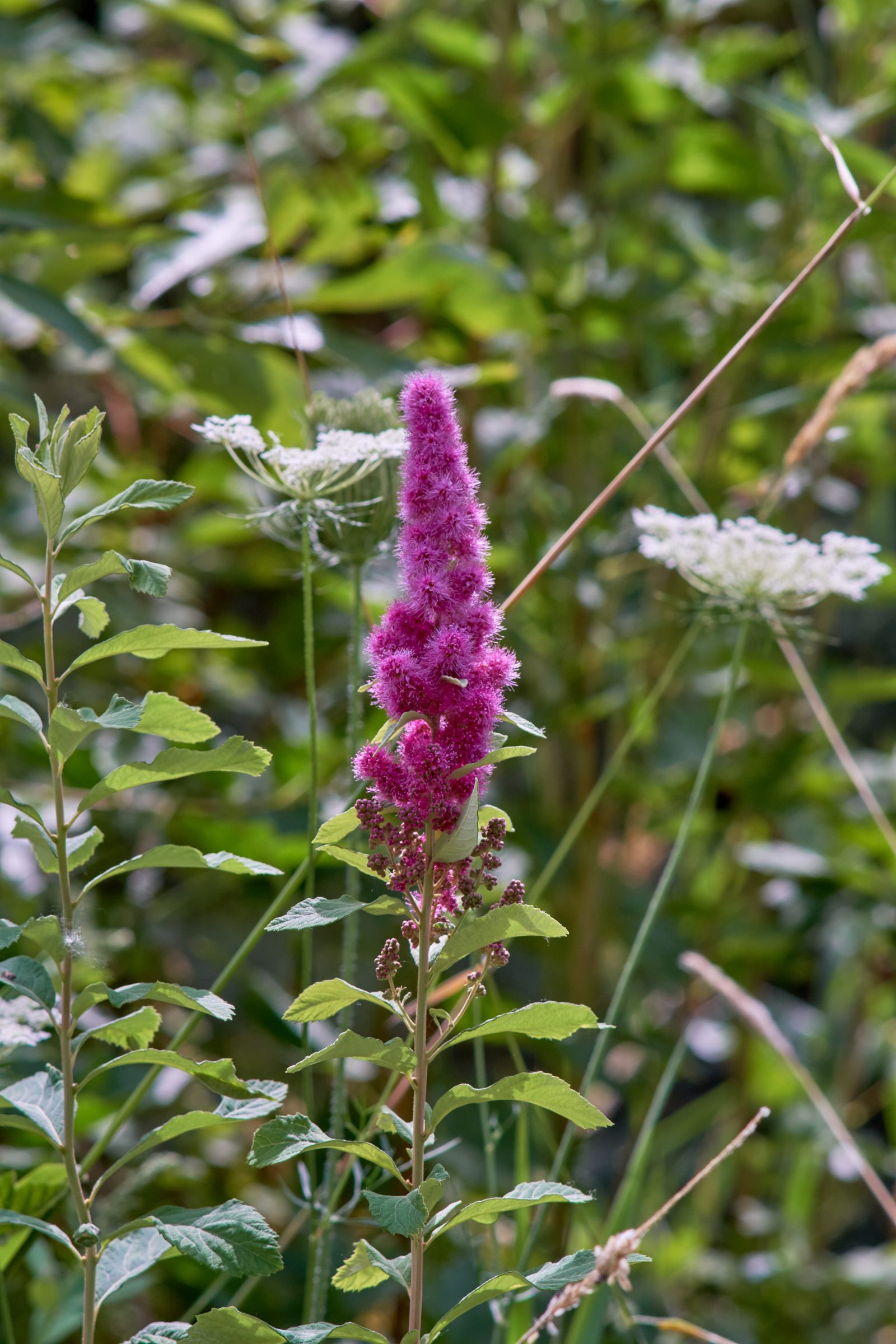

One thing we noticed immediately are the amount of wild flowers and fruiting trees. This is, after all, peak summer. I always assumed that wild flowers do not last long, but I think that is probably my misconception from watching flowers that bloom once a decade in the desert. The fruiting plants is surprising, partly because no animals are going crazy over them. My theory on the large concentration of these fruiting trees are due to the bird droppings, and there should be a large number of residents here being a wetland. However, we could not spot any birds, not even roosting ones. The flora is the star of today’s hike, and that’s alright. The trails lead a to a few large platforms overlooking the Beaverton creek, which happens to run behind my home, but there isn’t much to see besides the muddy water. Fun fact, I found out that the famous Snake River in Ansel Adam’s photo of Grand Teton crosses Twin Falls, ID and empties itself into the mighty Columbia River, which the Beaverton Creek ends up too! That means that the mighty Snake River is a cousin to the tiny creek that I stare at every day!
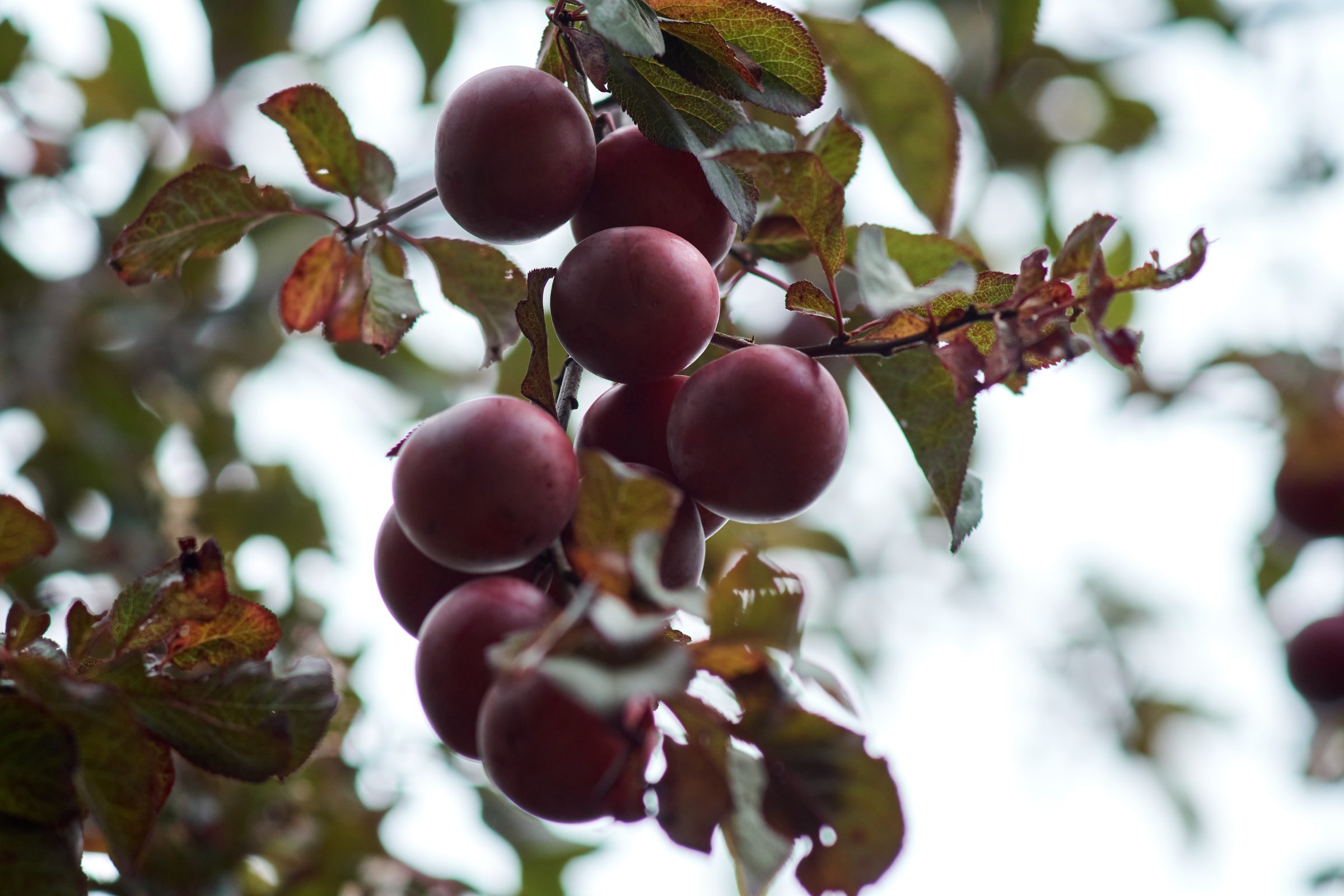
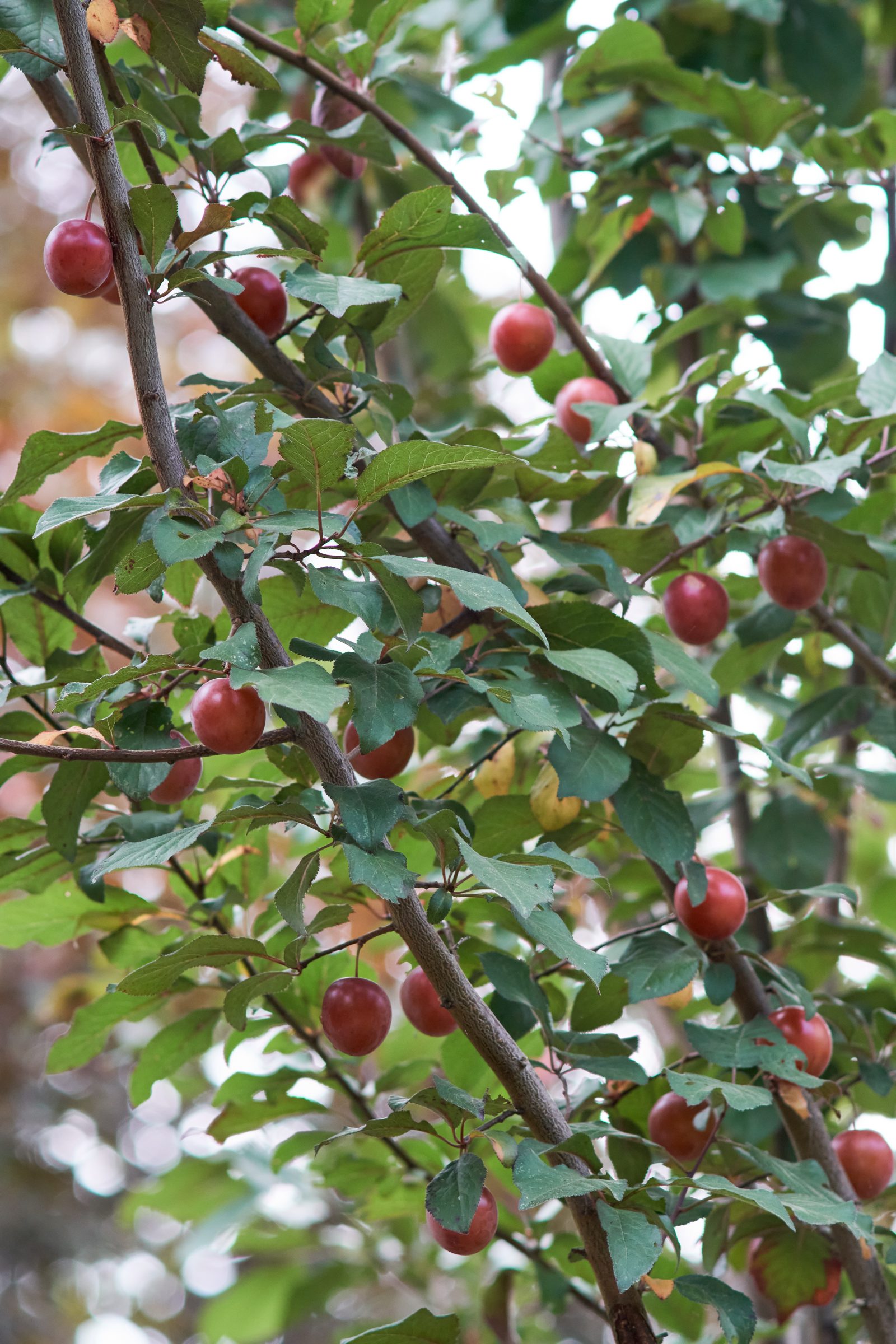
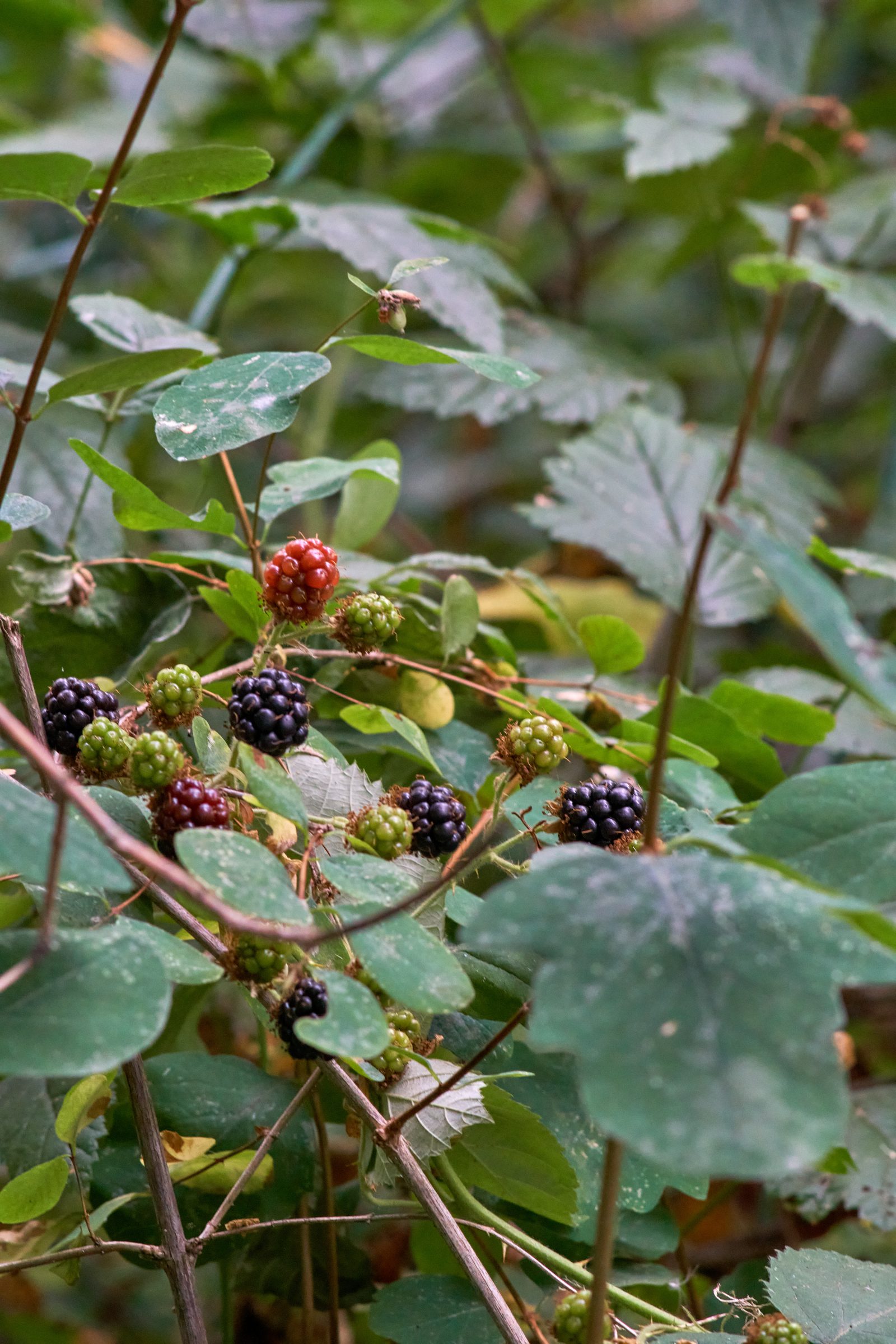 Speaking of creek, most of the park is actually not on land but in a large marshy area, hence the wetland. The trail continues on the perimeter of the marsh, but the tall trees block most of the view. There are a few blinds and platforms for us to view bird activity in the marsh, but we are not able to see anything remotely interesting. Moreover, the trail is lined with dozens of man-made bird houses, but none of them seems to have anybody home. Before heading back, we walk around a man make lake that has a single heron resting in the center of it. It has not move as we try to get closer, but fly away as soon as we make our final approach by the lake. Such a bummer, but herons are not that rare and they are so easy to spot with the white juxtaposing behind a sea of green and brown.
Speaking of creek, most of the park is actually not on land but in a large marshy area, hence the wetland. The trail continues on the perimeter of the marsh, but the tall trees block most of the view. There are a few blinds and platforms for us to view bird activity in the marsh, but we are not able to see anything remotely interesting. Moreover, the trail is lined with dozens of man-made bird houses, but none of them seems to have anybody home. Before heading back, we walk around a man make lake that has a single heron resting in the center of it. It has not move as we try to get closer, but fly away as soon as we make our final approach by the lake. Such a bummer, but herons are not that rare and they are so easy to spot with the white juxtaposing behind a sea of green and brown.
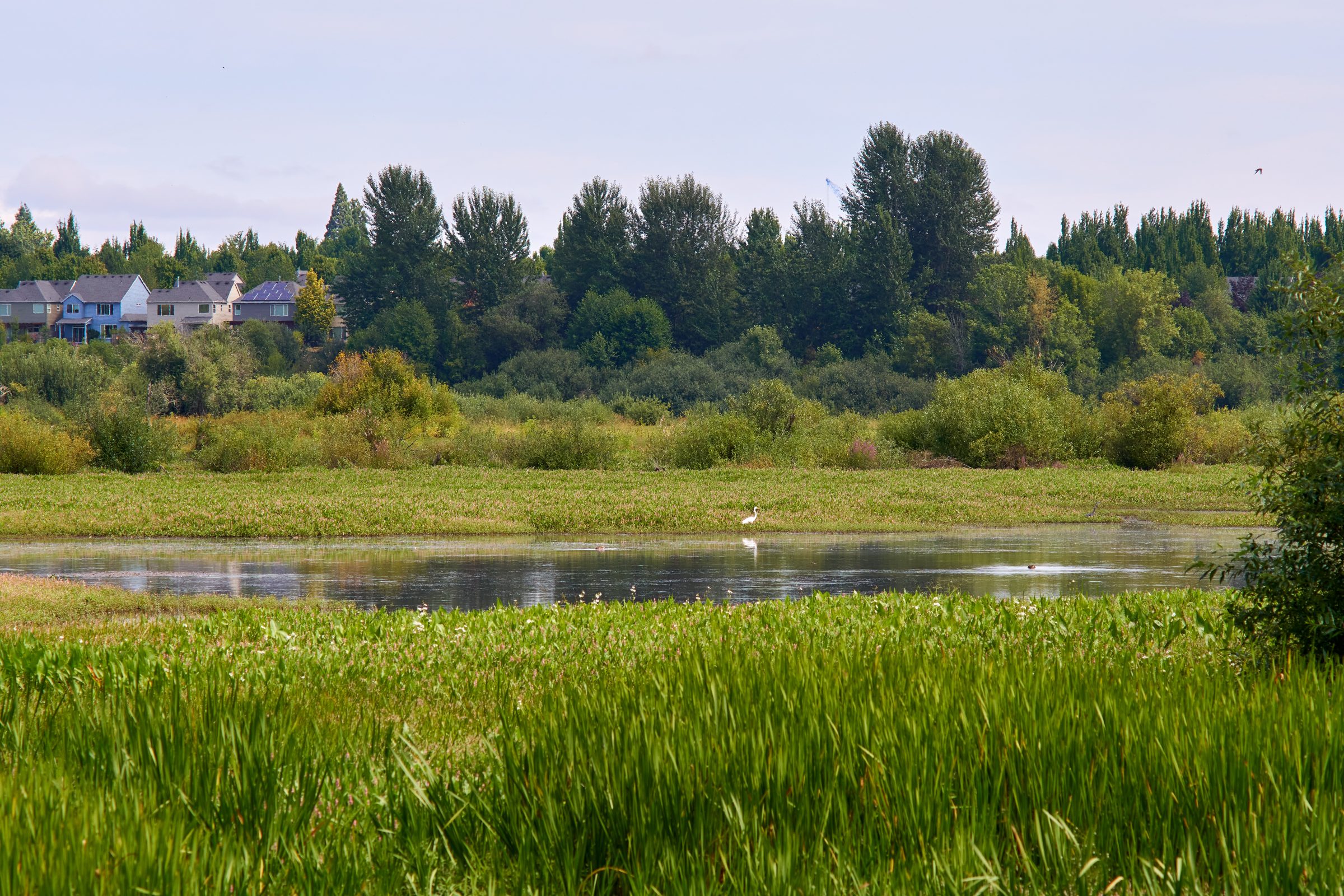
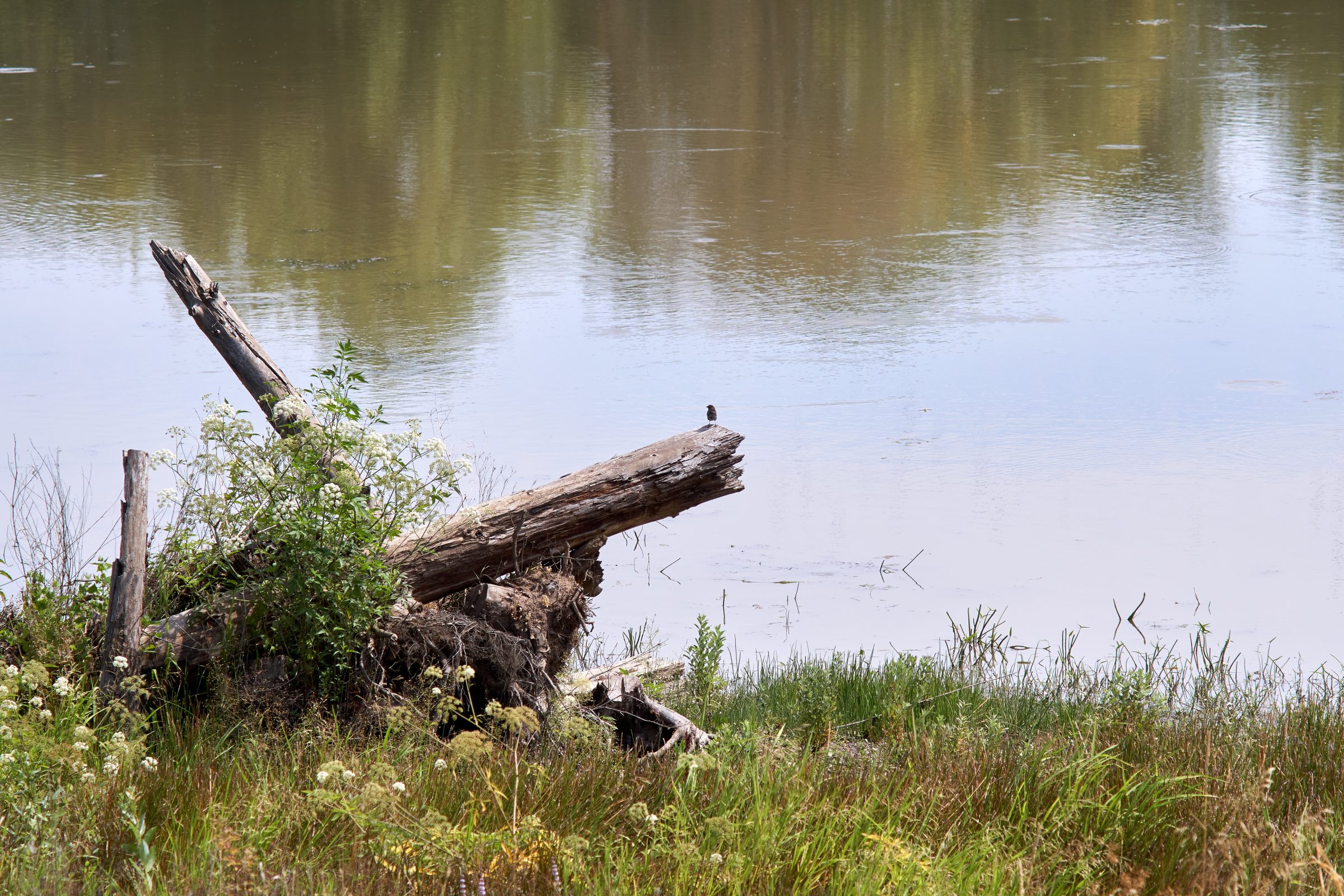
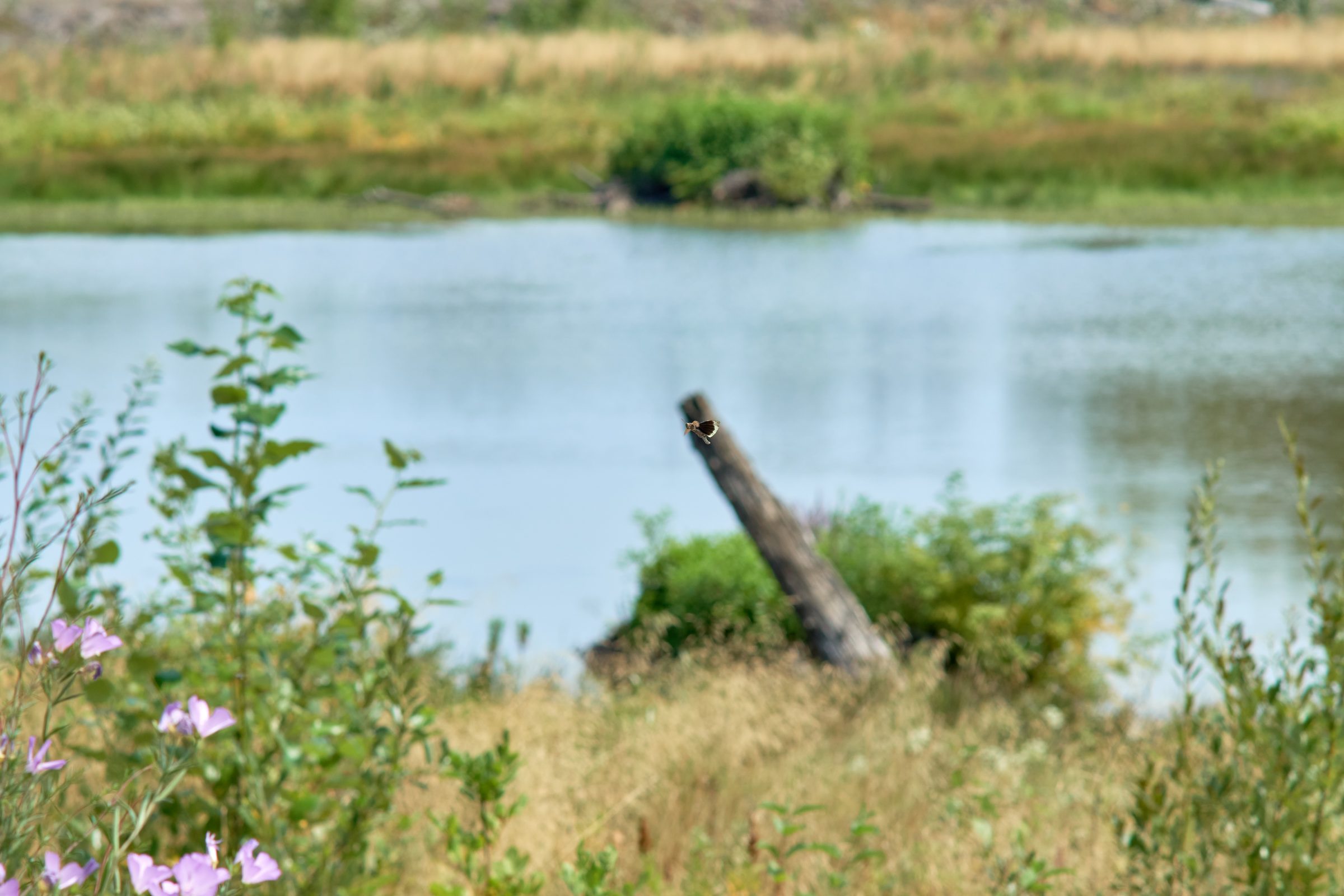
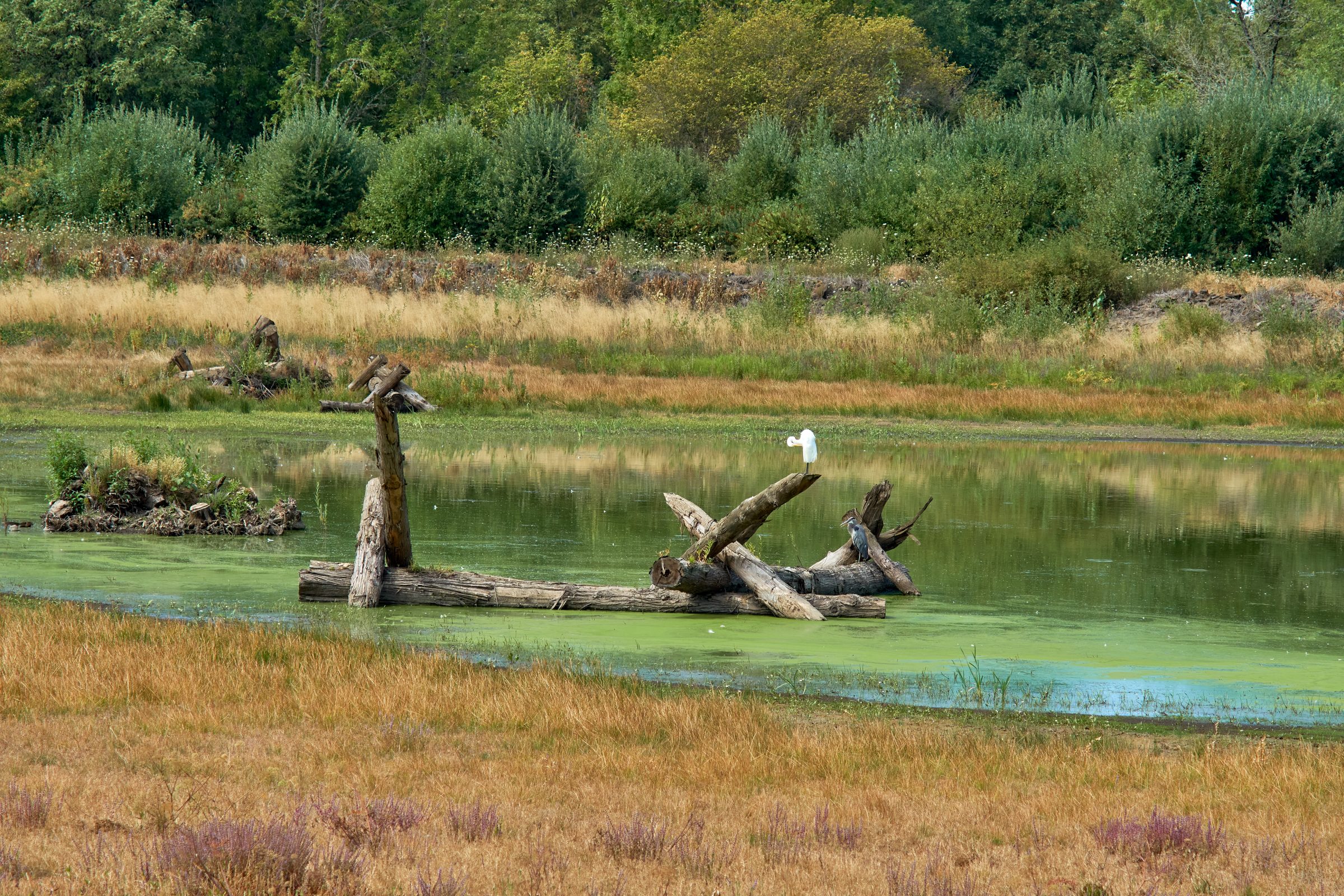
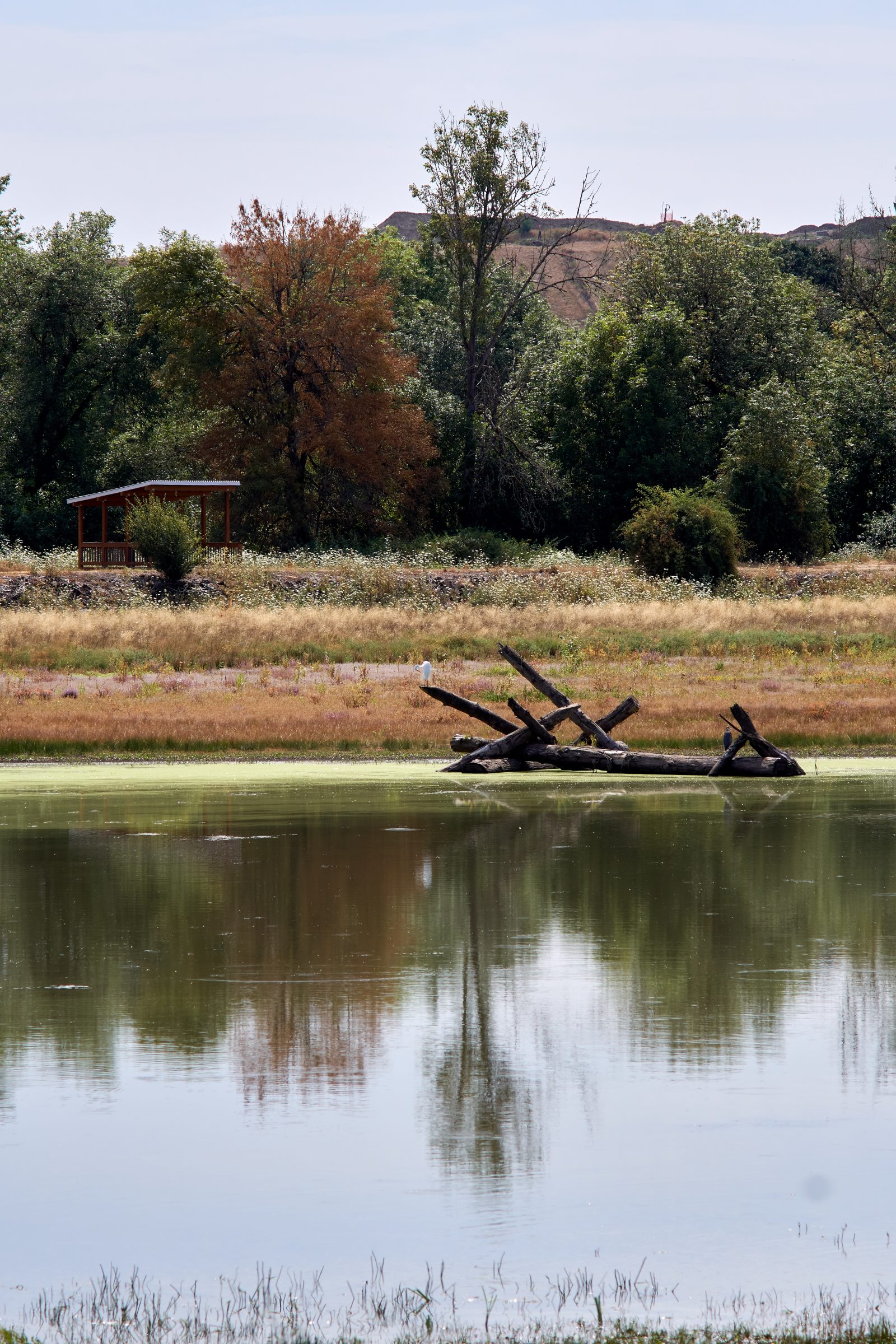
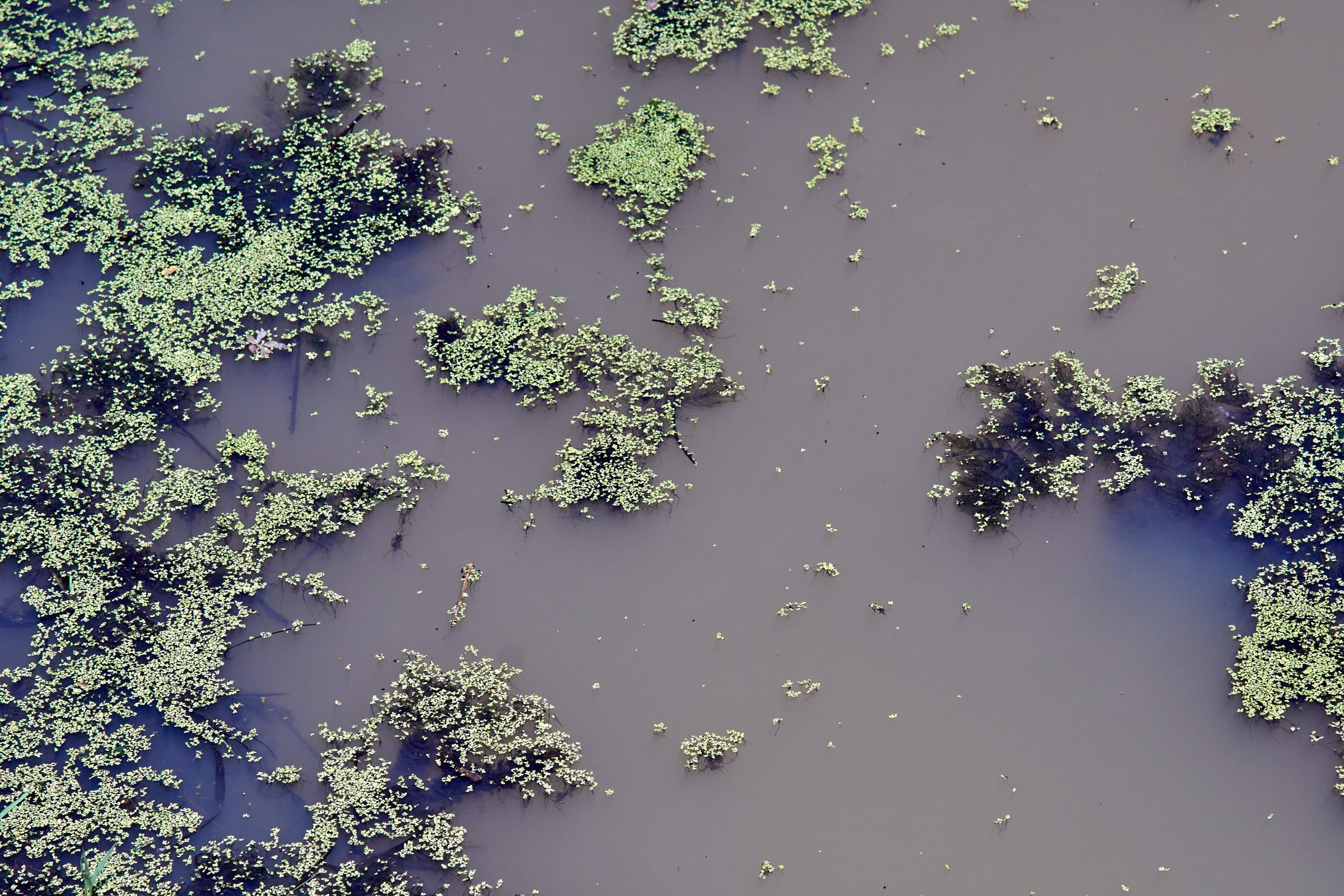
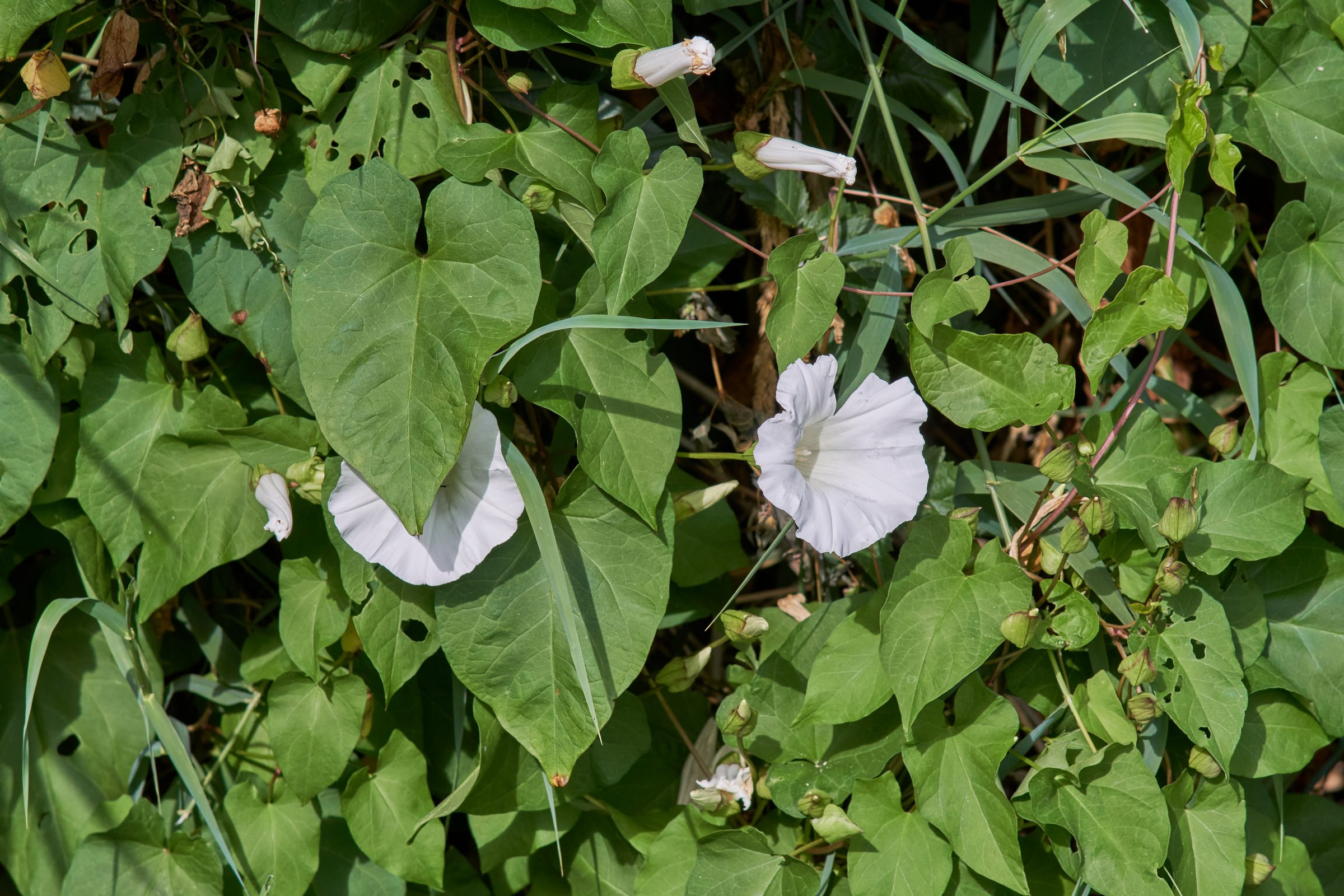
Overall, Jackson Bottom is kind of cool. I would love to come back and get more information from the visitor center. I’m sure we missed many unique sights here simply because we do not know what to look for. Moreover, there is a reason to come back at different time and seasons to spot various types of birds. I still find it odd that there is such a large marshy area in the neighborhood, and this also serves as a rest stop to migratory birds heading to different parts of the world. The town I live in is where humans live and work, and only after visiting here did I realized that other animals do live side by side with us in the shadow. For all I know, this is a large rest stop for migratory birds too! Just like rest stops serve as a representative of the host, what could make Jackson Bottom memorable for these creatures to have to stop? Maybe, it is that there is a wetland so far north?
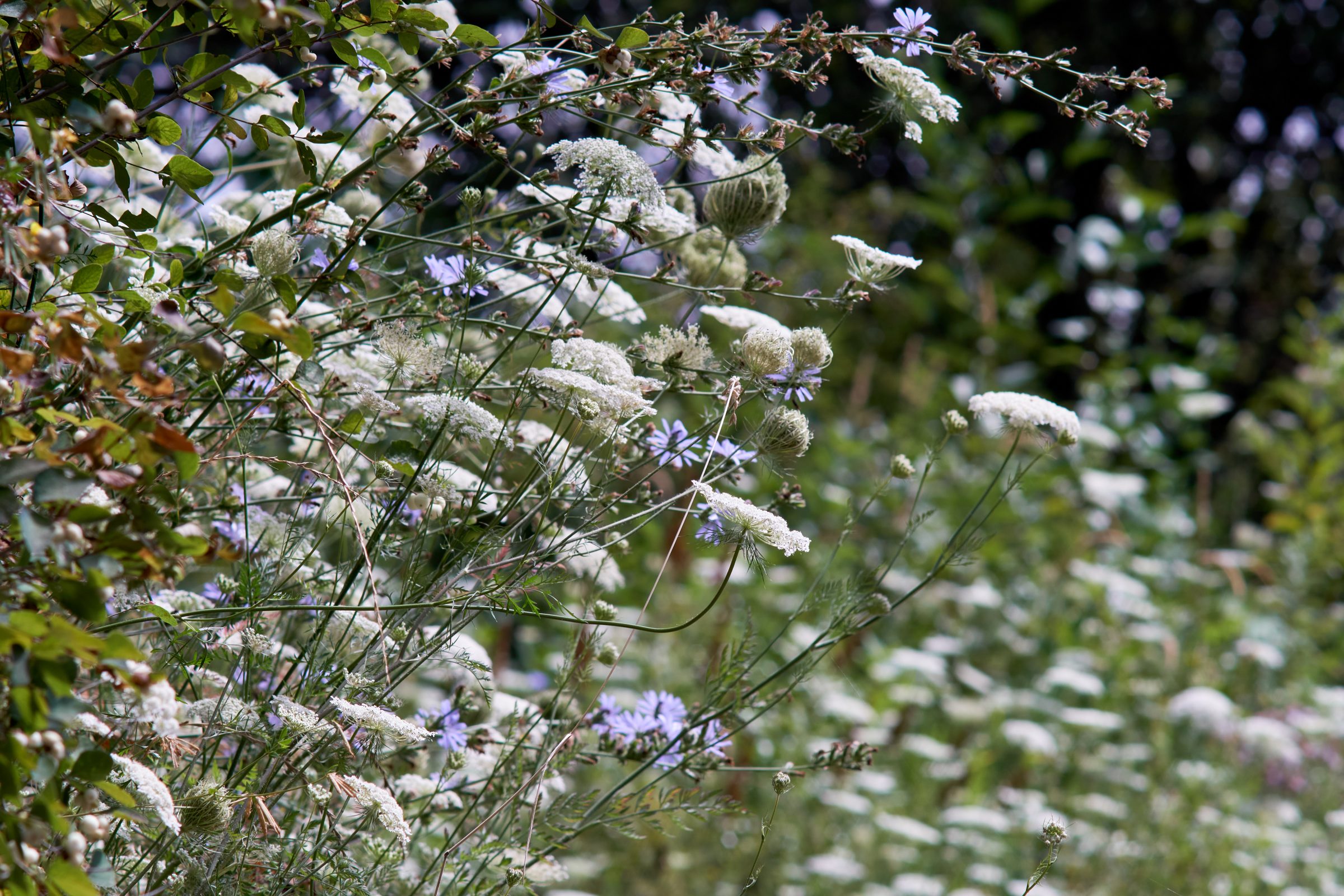
Visited: August 1st, 2020 at 11am.
Website: https://www.hillsboro-oregon.gov/departments/parks-recreation/our-facilities/jackson-bottom-wetlands-preserve
Address: 2600 SW Hillsboro Hwy.